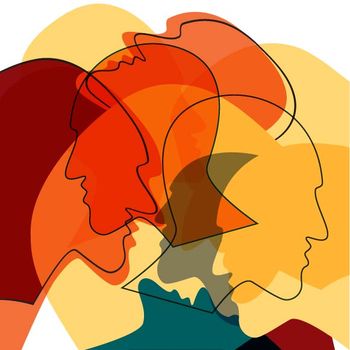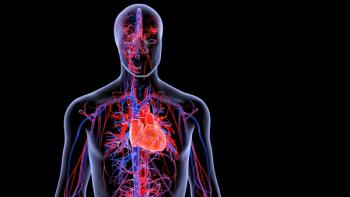
Vol 39, Issue 8


“Doctors are great at hiding their addictions, especially from themselves... However, there are signs that something is wrong—be it addiction, depression, psychosis, or some other problem.”


In this CME article, examine how current DSM nosology defines the proper method of assessing a mixed-episode patient and which diagnostic labels to give them based on their presenting symptomatology.

A recent study demonstrates how large-scale, real-world data analyses can elucidate patterns of disease comorbidity.

This diet was associated with significant reductions in variability of symptoms in patients with bipolar disorder.

"We began solving chronic and complex clinical challenges in our system, such as aggression toward others, unnecessary antipsychotics in patients with dementia, and transitions of care for patients with severe cooccurring disorders."

“Listening is hard work. It may take years. You may feel more injured than you are healed. You may be wiser, but the quintessential moment may elude you. Above all, you must listen with an open heart and be prepared to hold back against stereotypes of your racial identity as well as the identity of others.”

"And when she allows our eyes to meet my joy from her gift pleases her more than I can understand on this birthday she loved to call my first day of medical school."

How can telehealth help academic psychiatry departments improve administrative efficiency and expand their clinical services?

What is the model minority myth and how is it harming us all?

This summer issue of Psychiatric Times is heating up. Don't miss a single clinical pearl!

Is the term, "extrapyramidal symptoms," an example of a “4-letter word”?

An estimated 5% to 10% of acute psychiatric inpatients have catatonia—yet catatonia remains widely underdiagnosed.

What is a psychopath? Here's why school shooters may not fit the definition.
